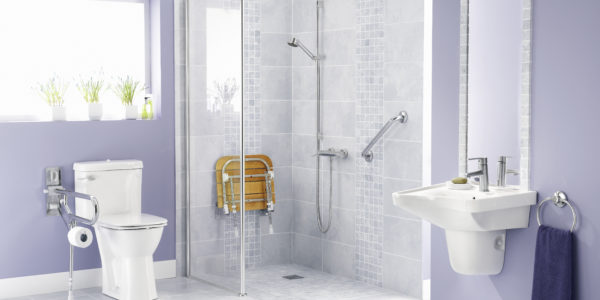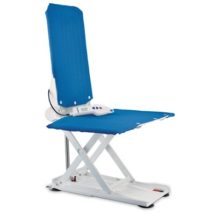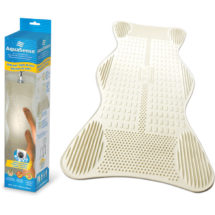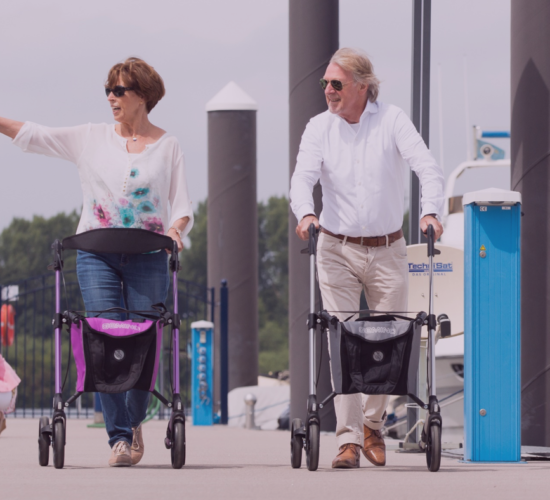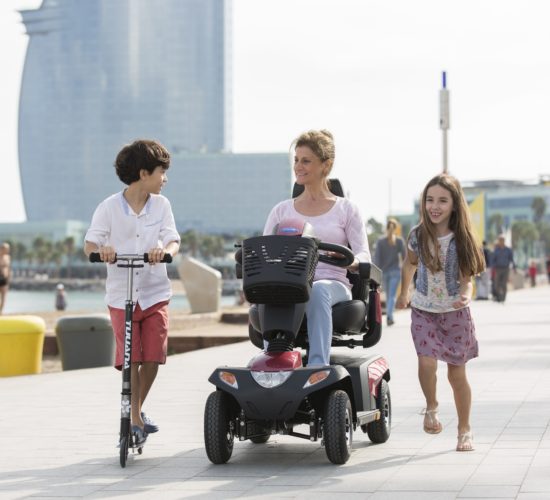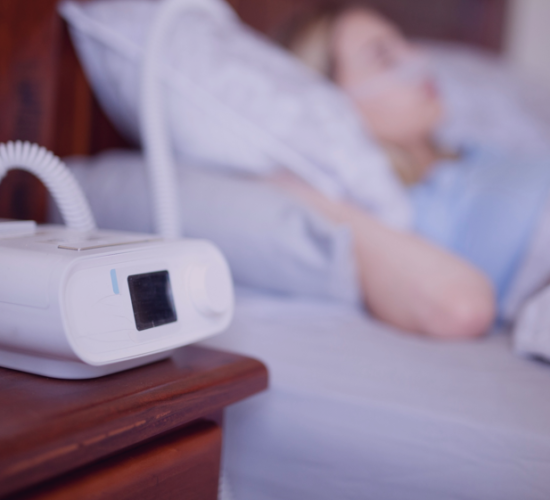Bathroom safety
While it is conceivable to grow old long and healthy, it remains essential to provide it with key elements for optimal safety in the comfort of your own home.
In this respect, the figures confirm the importance of increased safety in the bathroom for the elderly. According to the Canadian Public Health Agency, 20% to 30% of seniors are victims of falls. The same statistics have raised that the bathroom remains one of the places where the risk of falling is drastically increased.
Fortunately, several bathroom aids are available on the market and are adapted to the reality of elderly people with a loss of autonomy. The main objective is to prevent falls, but also to reduce the stress load related to the possibility of falling, allowing you to perform your tasks and move around the room in comfort and confidence.

